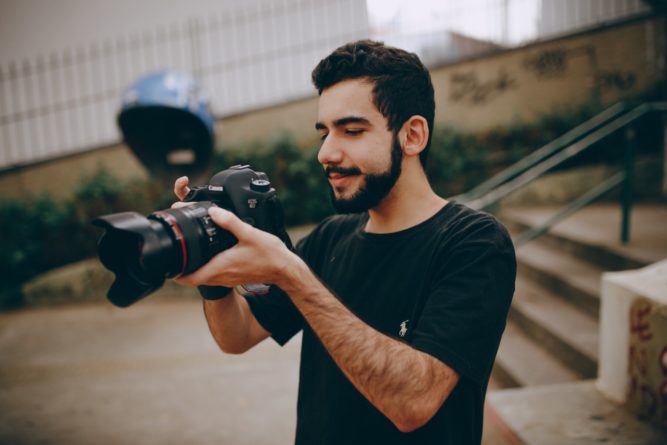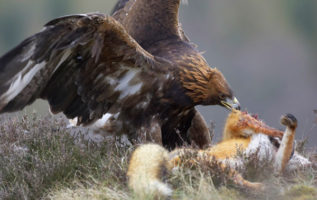
As a photographer you are always looking for skills you can develop. Learning and capturing portrait photography is one of those skills. Portrait photography can be used for business ideas or as a way to capture your own private and family life.
Choosing a Camera
If you have a hard time deciding which camera is best for your portrait photography, renting a camera is a good way to try it out before you buy.
DSLRs are the workhorses of the photography world, but they are not the only options. Mirrorless camera systems are smaller, lighter than their DSLR counterparts and more powerful than small cameras.
Choosing the best camera depends on how you want to use it. With these tips, you get a camera that does just that.
Choosing a Lens
In photography, both the camera and the lens are indispensable tools for taking the right shot. The best lens for portrait photography does not exist. It is up to you to decide which lens best suits the scenario.
Shooting with a wide-angle lens attached to the camera can help make some of the most memorable shots when you’re shooting portraits. By using a focal length that enlarges the part of the face or body that is at the edge of the frame and not in the middle. With a large focal length one can create wonderful distortions.
Another tip is to use a zoom lens and stand further away from your subjects so that they lose the timidity and stiffness of being photographed. Making their subjects comfortable while doing their usual natural activities can produce some fantastic portrait shots. When shooting nude photography, this can be particularly helpful. Artistic portrait photography is about finding emotions and expression in a portrait picture.
Camera Settings
Your camera measurement system plays a decisive role in image recording. It calculates how much light enters the camera and produces the right exposure.
The problem with multi-zone measurement systems is that an average measurement is required and that an average measurement assumes midtones (i.e. white and black). The measuring system has problems when the frame is dominated by areas of extreme brightness or darkness.
Aperture
Select a large aperture and focus on the front of your image (you may need to switch to manual focusing to achieve this). Focus on one element of the image and leave your main subject blurred. Use a large aperture to create a narrow depth of field and focus in front of or behind your subject.
The aperture should be between f/2 and f/4 for a single subject, with the focus on the background, or f/5.6 to f/8 for a group.
A large aperture blurs the background and lights up the subject, making an aperture of f/2.8 or wider a popular choice for portrait photographers. Be aware that the further you go, the less focus you have on your subject. Narrower apertures are used to display more details in the background, such as f/7.1.
The wider the aperture, the more difficult it is to resolve the light that passes through it to ensure that things are sharp. The colours red and blue dissolve differently at different distances due to the sophisticated optical coatings
Focal Length
Notice how the facial features appear flatter when the focal length gets longer. Every time we extend the focal length, we have to step in to hold the person occupying the same place in the image.
Shutter Speed
The shutter speed should be at least 1/200th if you’re holding the camera. If using a tripod, you can go as slow as 1/15th. Faster speeds are important to get a clear shot, especially when photographing children who have trouble sitting still.
ISO
ISO values of 100-400 are possible, but a faster shutter speed is required with lower ISO.
Focus Mode
The focus mode should be autofocus, set to a point and focus with the button.
Location
If you are just starting out with studio portraits, you may want to set up a home portrait studio. This is an affordable way to start practicing. You can take portraits in any style or in any way that suits you.
Environmental portraits try to convey the idea of the person by combining portraits with a sense of place.
Group portraits are difficult, and larger groups are harder than they should be. It is not easy or good to say when you photograph a person, and the problem gets worse when there is a group.
Closing Thoughts
It takes time and practice to master portrait photography. But to see the surprise and excitement in the eyes of customers when they see the portrait of themselves is worth the effort. As long as you meet customers and build relationships, it’s not a lonely job like product or landscape photography.



